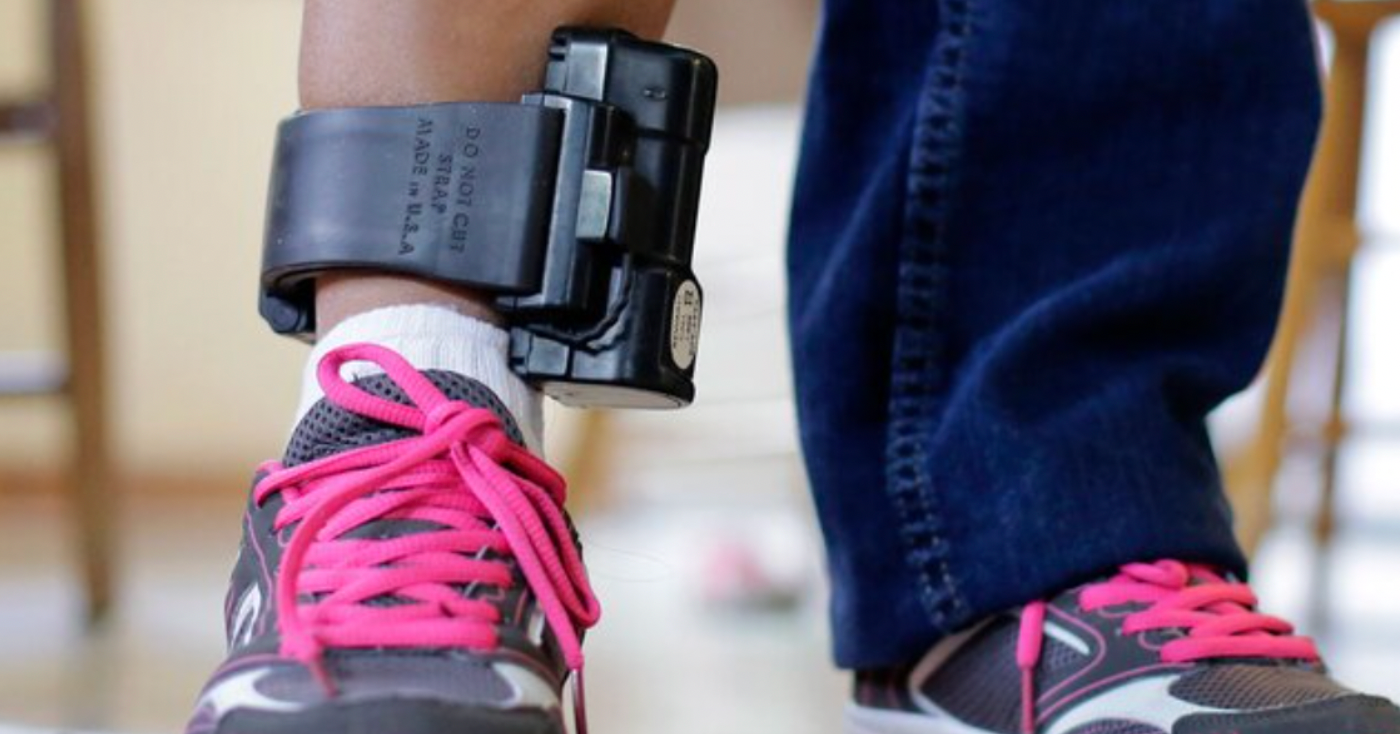Do Ankle Monitors Track More Than Location? (Alcohol, Drugs, etc.)
Do Ankle Monitors Track More Than Location?
Ankle monitors have long been associated with tracking an individual’s location, especially for those under house arrest, parole, or bail conditions. However, with advancements in technology, the capabilities of these devices have expanded significantly. Today, many people wonder whether ankle monitors can detect more than just where someone is—specifically, whether they can monitor alcohol or drug consumption.
The Evolution of Ankle Monitoring Technology
In the past, ankle monitors functioned purely as GPS devices. They ensured individuals complied with curfews or restricted zones, such as staying away from victims or avoiding certain neighborhoods. However, as technology evolved and the legal system required more robust monitoring options, the devices became more sophisticated.
Today, ankle monitors can do much more than just pinpoint your location. Newer models can detect physiological signs, monitor alcohol levels through sweat, and even alert authorities about tampering attempts.
Types of Ankle Monitors Used Today
There are generally three types of ankle monitors in use:
- GPS Monitors – Track real-time location data.
- SCRAM Devices (Secure Continuous Remote Alcohol Monitor) – Monitor alcohol consumption through perspiration.
- RF Monitors – Used primarily for home confinement, ensuring the person remains within a set perimeter.
SCRAM devices are the primary type used when alcohol monitoring is required by court order. They test for alcohol in sweat every 30 minutes, providing continuous data to probation officers and courts.
How Ankle Monitors Detect Alcohol
SCRAM ankle monitors use transdermal alcohol monitoring (TAM) technology. These devices detect ethanol vapor that is naturally released through the skin. Every half hour, the device collects a sample and compares it to previous readings to detect patterns or spikes in alcohol consumption.
If alcohol is detected, the data is logged and transmitted to authorities. The technology is so precise that it can differentiate between intentional consumption and environmental exposure (like using hand sanitizer or being near someone drinking).
Drug Detection: Is It Possible?
While alcohol detection through ankle monitors is well established, drug detection is more limited. Currently, most ankle monitors cannot directly detect drugs like opioids, marijuana, or stimulants. Drug testing still relies on traditional methods like urine, blood, or saliva testing.
That said, research is ongoing, and wearable drug sensors are being developed. These could one day integrate with monitoring systems, providing even more comprehensive surveillance for courts and corrections departments.
What This Means for Defendants and Families
Understanding the capabilities of ankle monitors is crucial for anyone facing court-ordered monitoring. Violating alcohol restrictions while wearing a SCRAM device can lead to severe consequences, including revoked bail or jail time.
Families should also be aware that tampering with these devices is easily detected and often considered a criminal offense. It’s vital to comply fully with all monitoring requirements to avoid further legal complications.
How We Can Help
If you or a loved one is dealing with an ankle monitor as part of bail conditions, Griffith Bail Bonds is here to help you understand your obligations and stay compliant. Our experienced team can guide you through the legal process with clarity and care. Contact us today for assistance.











